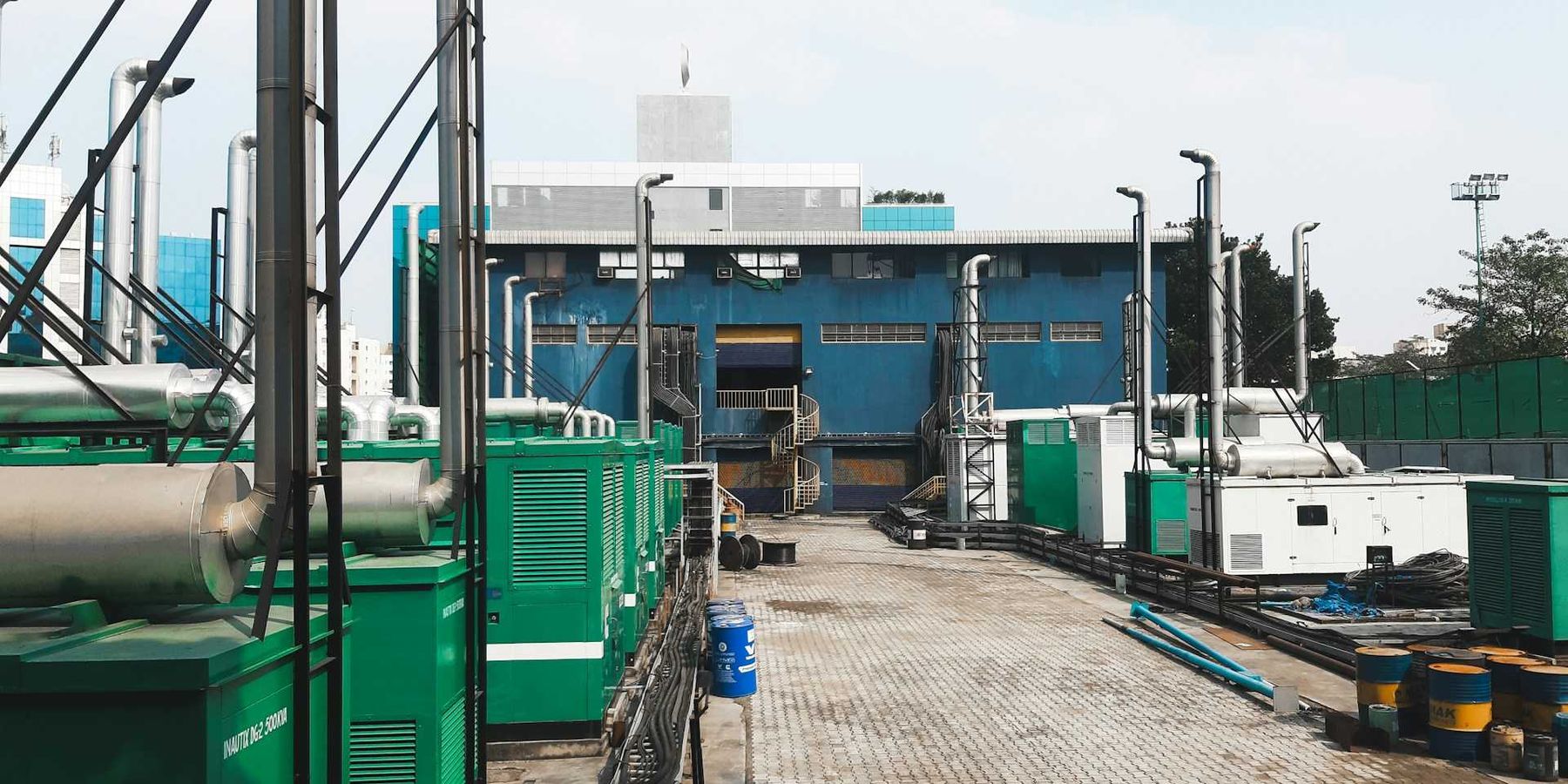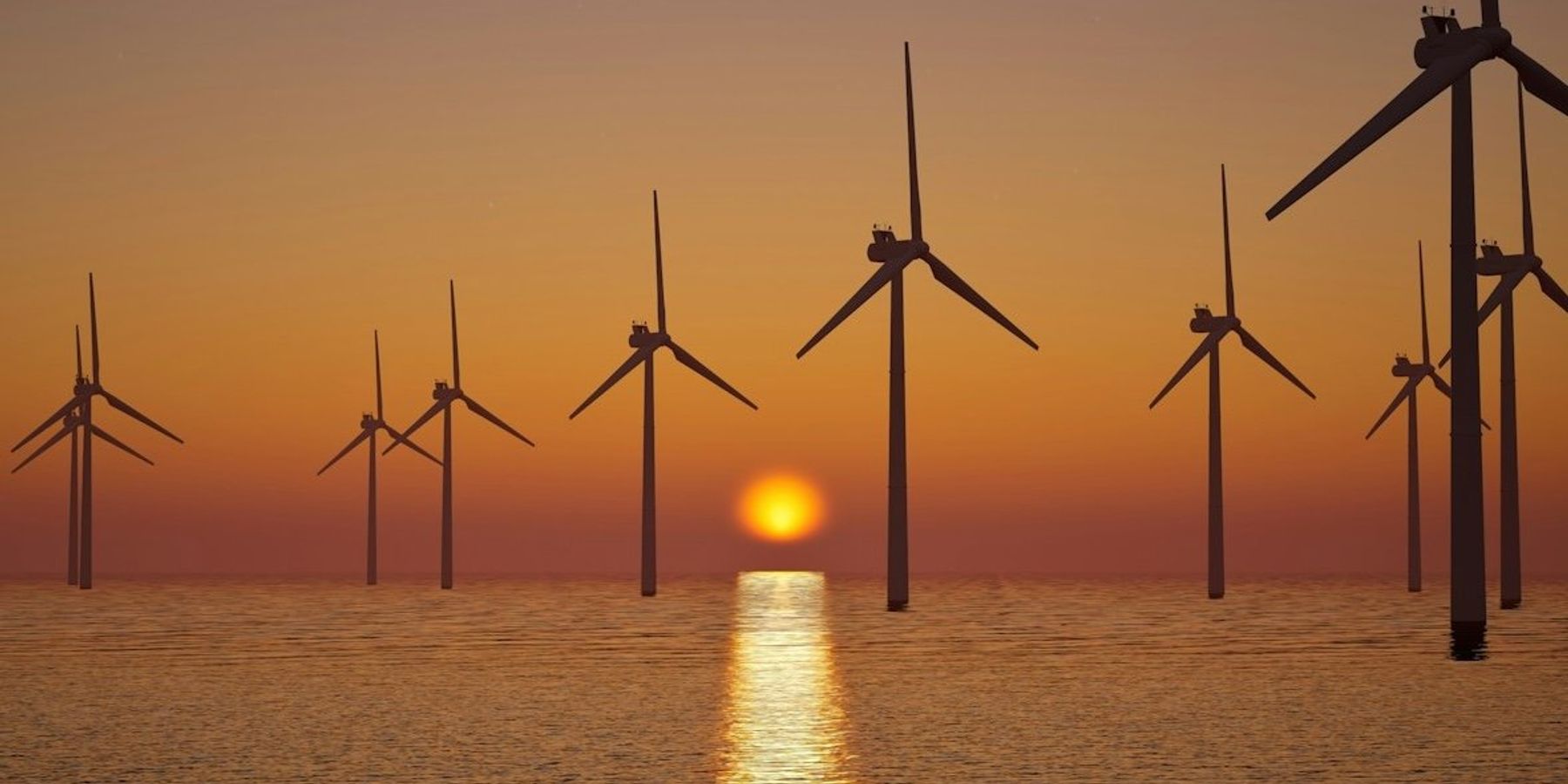Flaring of gas at oil sites rises sharply, worsening carbon emissions and energy waste
Oil companies burned off record amounts of natural gas in 2024, adding 389 million metric tons of carbon emissions and drawing criticism for regulatory failure and wasted energy.
Ajit Niranjan reports for The Guardian.
In short:
- The World Bank found that global gas flaring reached its highest level since 2007, with 151 billion cubic meters of gas burned during oil and gas production last year.
- Just nine countries were responsible for 75% of global flaring, with state-owned oil companies playing a major role; Venezuela and the U.S. had especially high flaring intensity.
- Despite international goals to phase out routine flaring by 2030, enforcement remains weak and incentives to reduce flaring are lacking, though countries like Kazakhstan have shown reductions are possible.
Key quote:
“Such levels of flaring are an egregious waste of resources. [They] are catastrophic for climate and human health.”
— Andrew Baxter, oil and gas expert, Environmental Defense Fund
Why this matters:
Gas flaring dumps vast quantities of carbon dioxide and methane into the atmosphere, accelerating climate change and harming human health. Methane, a major component of flared gas, traps more heat than CO₂ and lingers for years, intensifying the planet’s warming. Flaring also releases toxic air pollutants like benzene, formaldehyde, and soot, which contribute to respiratory illness and cancer risk, especially in communities near oilfields. In regions already suffering from air quality problems, this adds another layer of environmental injustice. Although solutions to limit flaring exist and can be cost-effective, a lack of political will and poor regulation has allowed the problem to persist for decades.
Related: Babies born near natural gas flaring are 50 percent more likely to be premature: Study













